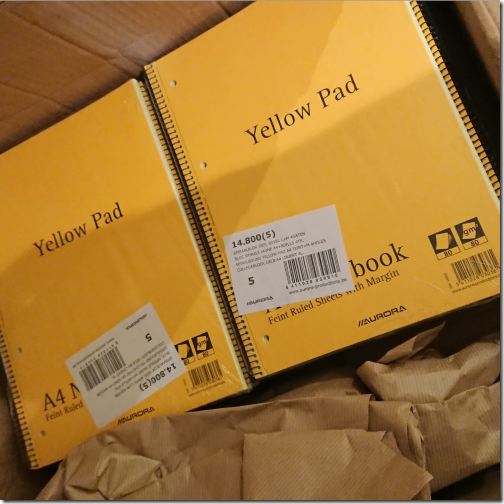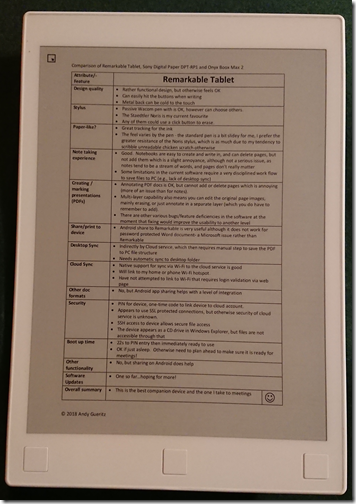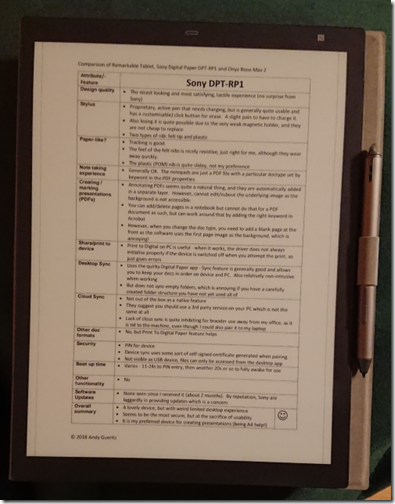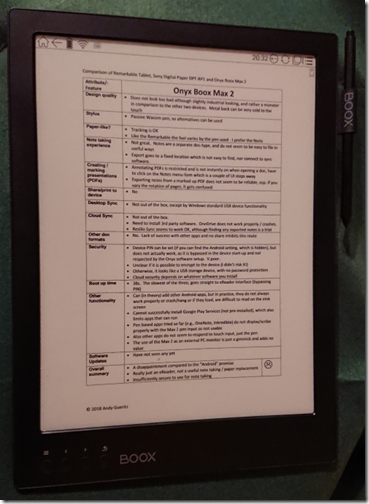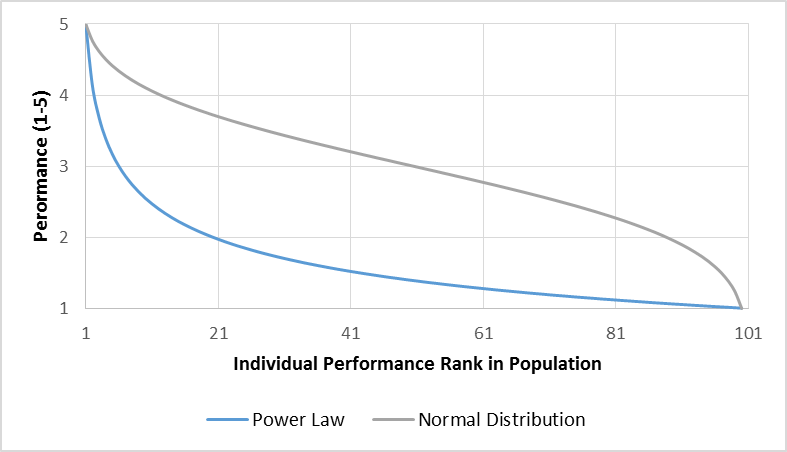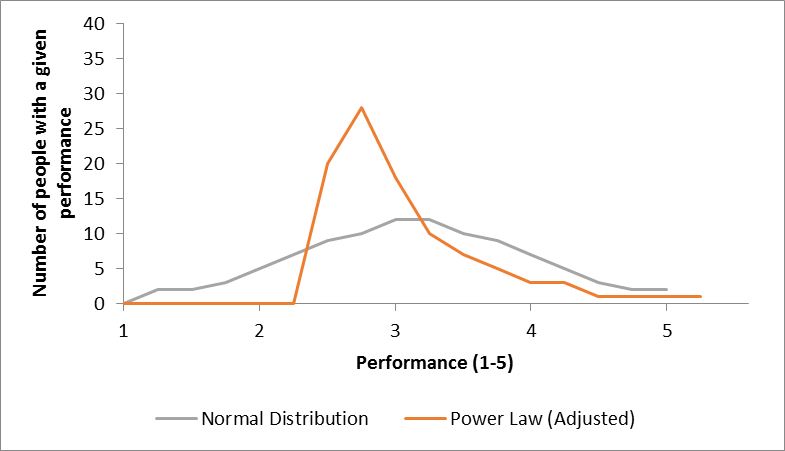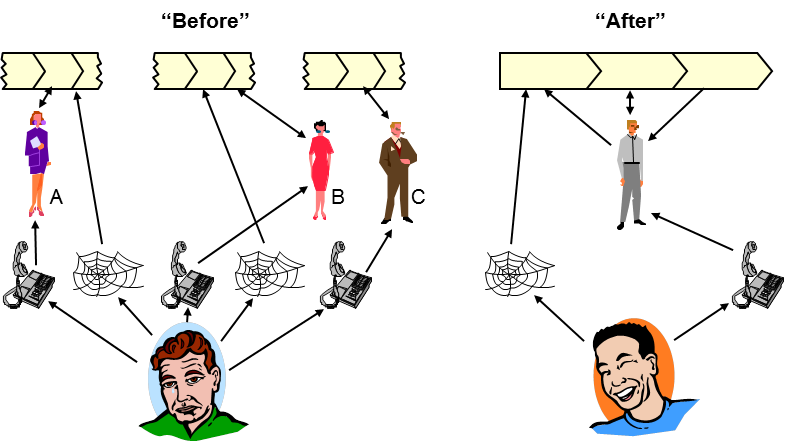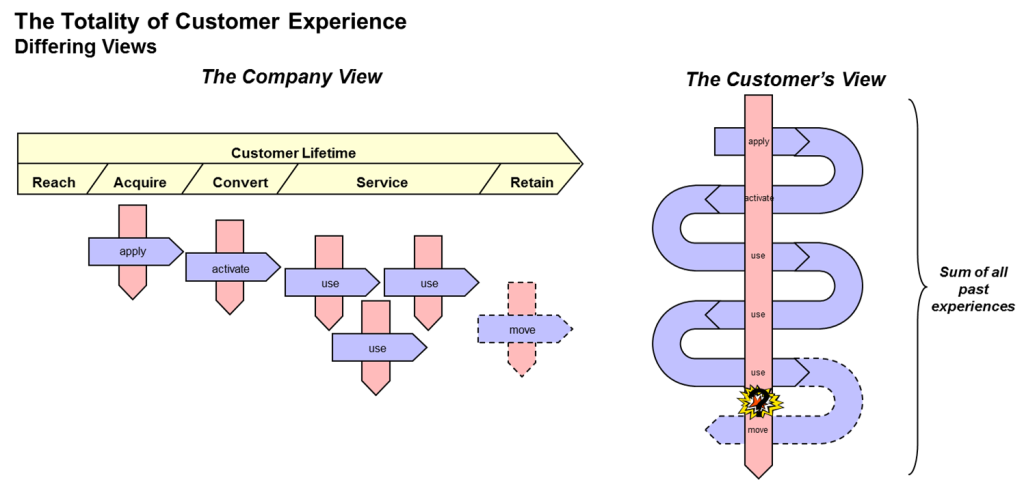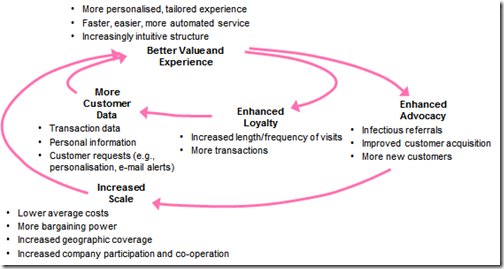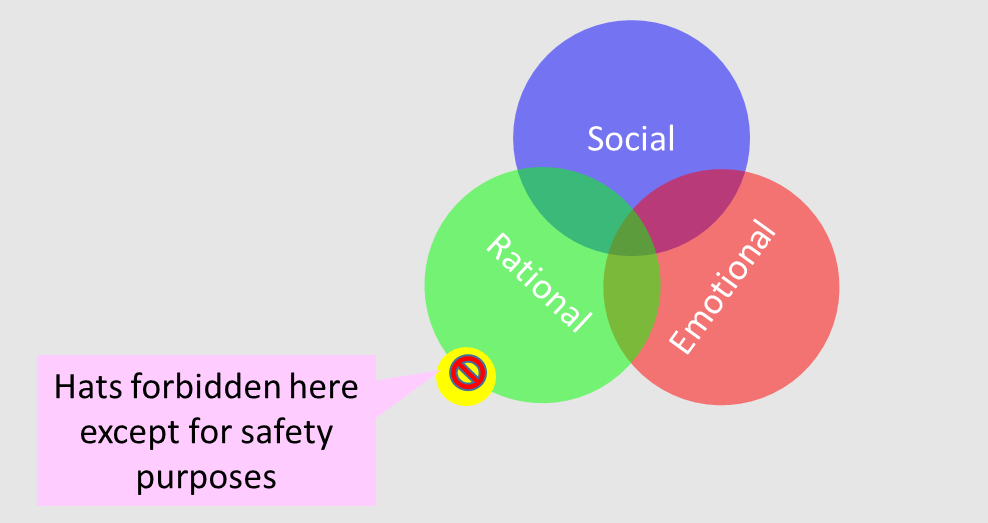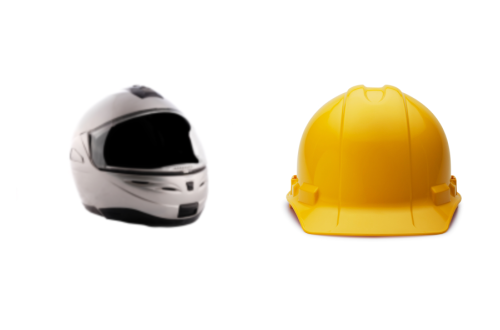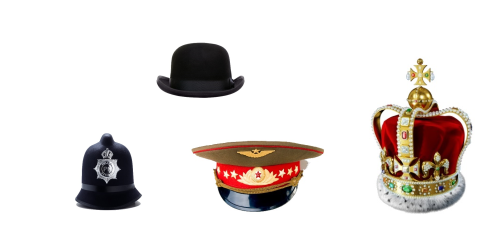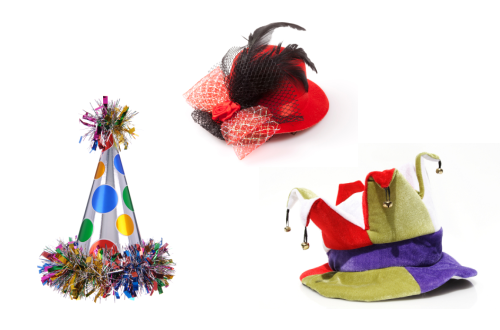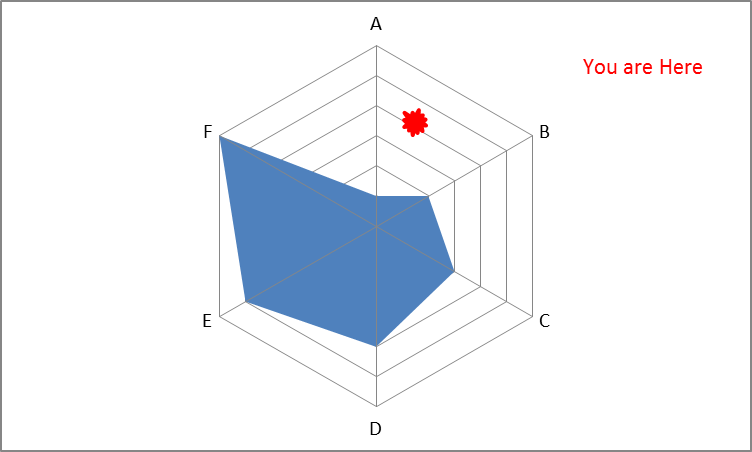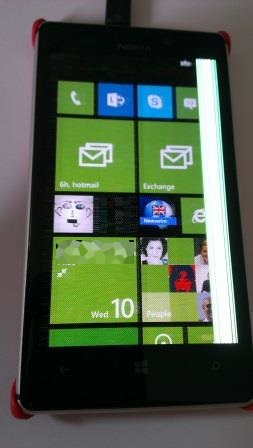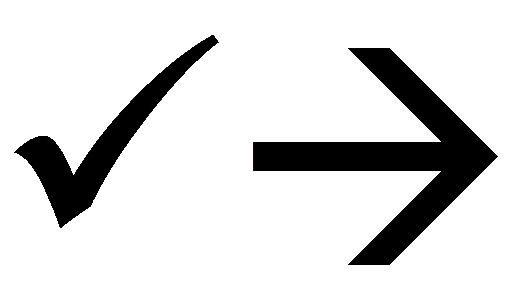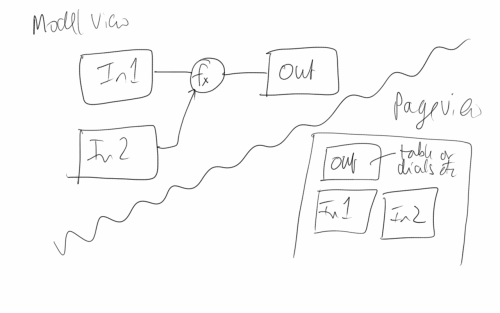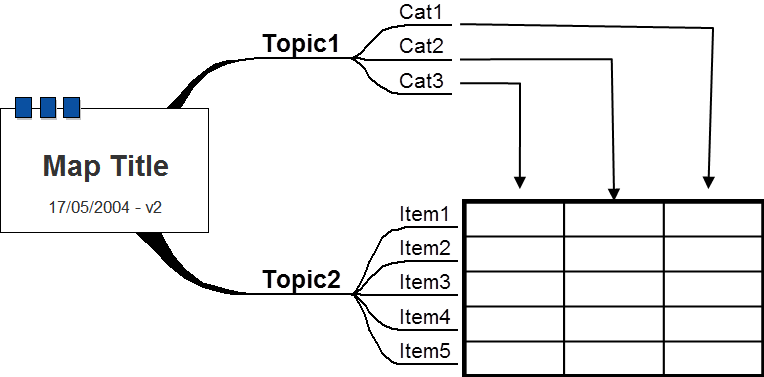Last year I got very excited when I read the news about the launch of the Remarkable Tablet – offering to replace paper in my life – a momentous event, much more impactful than replacing incandescent bulbs with LEDs in the house. But how and why you may ask?
Early in my work life, I discovered that my short term memory is actually fairly poor short term memory, so I used to keep a little notebook and propelling pencil in my back pocket and scribble aide-memoires whenever.
I learnt this lesson after having meetings with one particular manager who used to say things in his office which all seemed to make sense just then; but once I left the room just made no sense at all. Big lesson: never leave a room without a) understanding what somebody said, b) writing some notes so that it still made sense later (maybe didn’t because they never made sense in the first place)…
Whilst we are on a brief tangent, apparently the memory thing is supposed to be something to do with the neuro-chemistry of being an introvert – same as the annoying unavailable “tip of the tongue” words, and pithy comments that come to mind 10 minutes after the event…
So in my working life, I write a lot of notes in a lot of meetings and get through lots and lots of faithful yellow notebooks (now getting very difficult to source)
I have been a long time fan of pen-based computing right back to the early 90s and all my laptops since about 2000 have been tablet PCs. But the experience of writing notes on a PC has never worked for me. due in part to my appalling handwriting which defies most recognition systems (although Microsoft have produced an outstanding handwriting capability in recent versions of windows, but ultimately, it just doesn’t feel like paper!
I need that slightly resistive feel of the paper – shiny screens with slidey styli just don’t cut it – try a Samsung S-Pen on a Note something.something and no, it just isn’t right (and Android apps are also really not that interested in eInk, either).
So I order my Remarkable Tablet, and waited, and waited, and waited a bit longer, and Hurrah it turned up!
Then I saw the Sony Digital Paper device, and had to try that too…
…and the Onyx Boox Max 2, and had to try that too…
…although I rather wish now I could put that one back in the box and send it back whence it came – sadly a real disappointment.
To satisfy my analytical itch, I worked up an evaluation of all three devices, and you can read the three tables at the tail of this post
Suffice it to say, the roll of honour is like this:
- the Remarkable Tablet is my choice of companion device to come with me to meetings;
- the Sony Digital Paper is a lovely device and my favourite for drafting presentations, but tied to my office due to the very limited connectivity;
- and the Boox Max 2, well, that’s just going to gather dust until the software gets way, way better, or maybe even way, way, way better (and even software may not fix it unless the eInk display and pen can interact with other Android apps)
And to those people who carp about the fact these devices have almost no functionality compared to their AndroiPad, well, so does a piece of paper, and these are way more functional than that!
and as a tailpiece, one of my family said, Tiny Tim style, his little face looking up at me:
“Dear Papa, does that mean there will be no more shredding?” – Well, yes, that may just be!
(And no, the family don’t really talk to me like that)
Evaluation of Remarkable Tablet, Sony DPT-RP1 and Onyx Boox Max 2
|
Remarkable Tablet |
||
|
Design quality |
|
|
|
Stylus |
|
|
|
Paper-like? |
|
|
|
Note taking experience |
|
|
|
Creating / marking presentations (PDFs) |
|
|
|
Share/print to device |
|
|
|
Desktop Sync |
|
|
|
Cloud Sync |
|
|
|
Other doc formats |
|
|
|
Security |
|
|
|
Boot up time |
|
|
|
Other functionality |
|
|
|
Software Updates |
|
|
|
Overall summary |
|
|
Sony DPT-RP1 |
||
|
Design quality |
|
|
|
Stylus |
|
|
|
Paper-like? |
|
|
|
Note taking experience |
|
|
|
Creating / marking presentations (PDFs) |
|
|
|
Share/print to device |
|
|
|
Desktop Sync |
|
|
|
Cloud Sync |
|
|
|
Other doc formats |
|
|
|
Security |
|
|
|
Boot up time |
|
|
|
Other functionality |
|
|
|
Software Updates |
|
|
|
Overall summary |
|
J |
|
Onyx Boox Max 2 |
||
|
Design quality |
|
|
|
Stylus |
|
|
|
Paper-like? |
|
|
|
Note taking experience |
|
|
|
Creating / marking presentations (PDFs) |
|
|
|
Share/print to device |
|
|
|
Desktop Sync |
|
|
|
Cloud Sync |
|
|
|
Other doc formats |
|
|
|
Security |
|
|
|
Boot up time |
|
|
|
Other functionality |
|
|
|
Software Updates |
|
|
|
Overall summary |
|
L |

